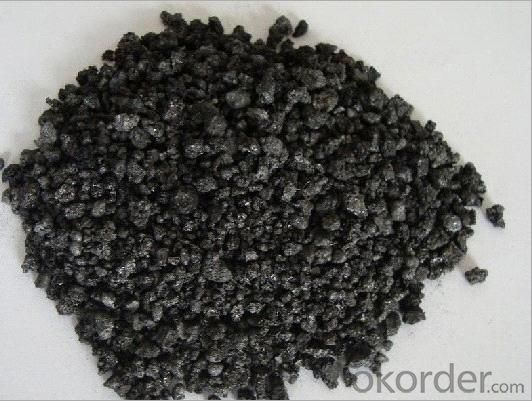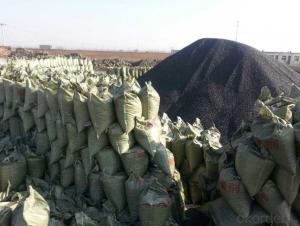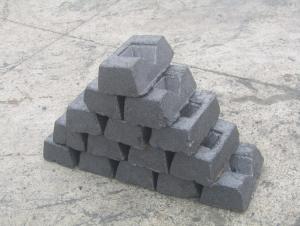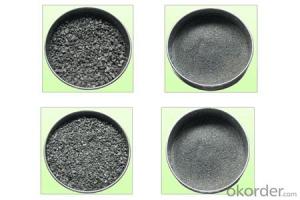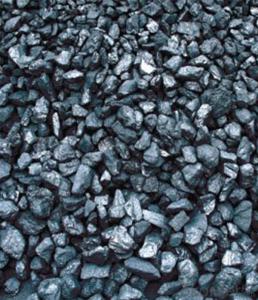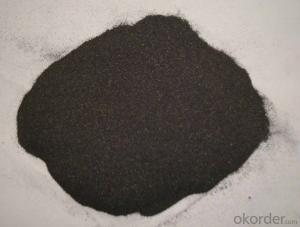Carbon Additive FC 90% CNBM China Product
- Loading Port:
- China main port
- Payment Terms:
- TT OR LC
- Min Order Qty:
- 0 m.t.
- Supply Capability:
- 100000 m.t./month
OKorder Service Pledge
OKorder Financial Service
You Might Also Like
Packaging & Delivery
| Packaging Detail: | 25kgs/50kgs/1ton per bag or as buyer's request |
| Delivery Detail: | Within 20 days after receiving corect L/C |
Specifications
Calcined Anthracite
Fixed carbon: 90%-95%
S: 0.5% max
Size: 0-3. 3-5.3-15 or as request
Calcined Anthracite is produced using the best Anthracite-Taixi Anthracite with low S and P, It is widely used in steel making and casting.
General Specification of Calcined Anthracite:
PARAMETER UNIT GUARANTEE VALUE | |||||
F.C.% | 95MIN | 94MIN | 93MIN | 92MIN | 90MIN |
ASH % | 4MAX | 5MAX | 6MAX | 7MAX | 8MAX |
V.M.% | 1 MAX | 1MAX | 1.5MAX | 1.5MAX | 1.5MAX |
SULFUR % | 0.5MAX | 0.5MAX | 0.5MAX | 0.5MAX | 0.5MAX |
MOISTURE % | 0.5MAX | 0.5MAX | 0.5MAX | 0.5MAX | 0.5MAX |
Size can be adjusted based on buyer's request.
Pictures of Calcined Anthracite:

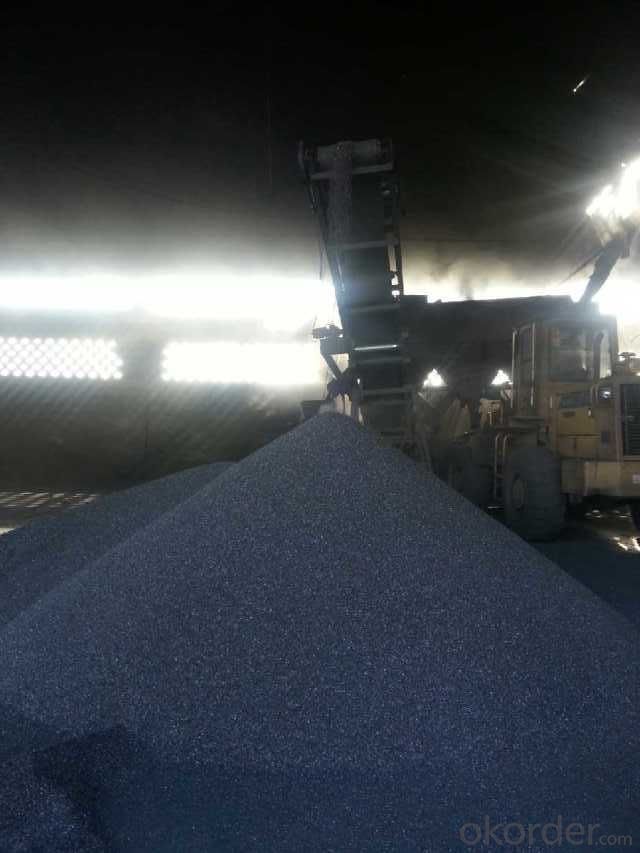
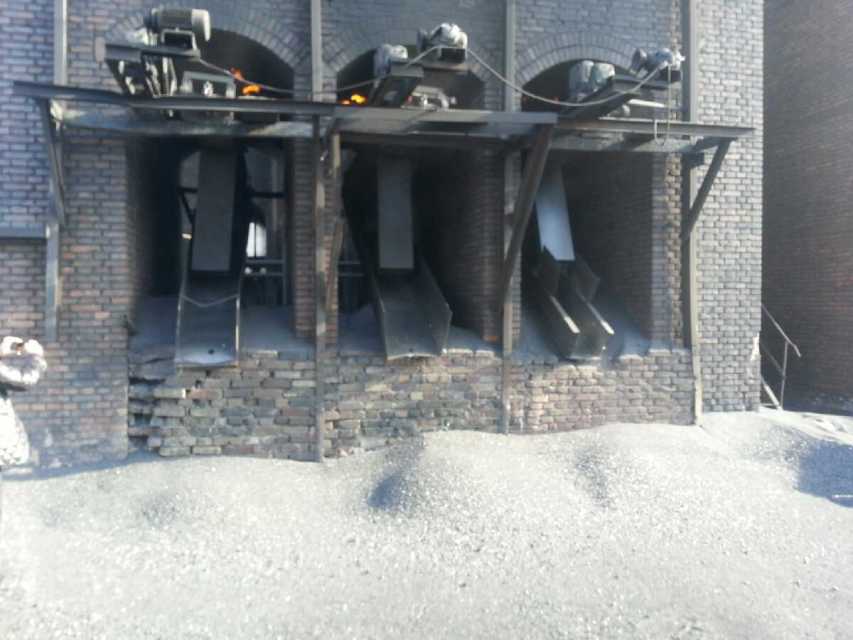
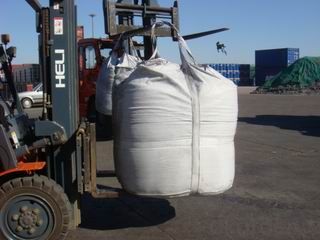
We can supply below furnace charges, please feel free to contact us if you areinterested in any of any of them:
Coke (Metallurgical, foundry, gas)
Calcined Anthracite with fixed carbon from 90% to 95%
Calcined Petroleum Coke
- Q: There is a graphite mine, looking for three experts engaged in mineral processing industry asked. They say earthy graphite, and the answer to the taste is quite different. Some say that the fixed carbon content of 15, and some say graphite grade 90%. The same sample. Some people say that very valuable, and some say that the grade is too low, worthless. I'm all confused. What do you mean by graphite grade and fixed carbon?
- No, fixed carbon is the index of industrial analysis in coal, which is used to calculate calorific value. Graphite grade refers to the content of graphite in graphite ore.
- Q: What is the density of carbon steel and alloy steel?
- Chromium molybdenum aluminum steel 7.65Tungsten 9 high speed tool steel 8.3Tungsten 18 high speed tool steel 8.7High strength alloy steel 7.82Bearing steel 7.81Stainless steel 0Cr13, 1Cr13, 2Cr13, 3Cr13, 4Cr13, Cr17Ni2, Cr18, 9Cr18, Cr25,, Cr28 7.75Cr14, Cr17 7.70Cr18Ni9, 1Cr18Ni9, Cr18Ni9Ti, 2Cr18Ni9 7.851Cr18Ni11Si4A1Ti 7.52Stainless steel 1Crl8NillNb, Cr23Ni18 7.92Cr13Ni4Mn9 8.53Cr13Ni7Si2 8
- Q: What are the advantages of carbon-based fertilizers?
- Carbon-based fertilizers have several advantages. Firstly, they provide a source of organic matter that improves soil structure and enhances water holding capacity. This can lead to better nutrient availability and healthier plant growth. Additionally, carbon-based fertilizers stimulate microbial activity in the soil, promoting nutrient cycling and improving overall soil health. They also tend to have a slower release of nutrients, ensuring a steady supply for plants over time. Moreover, carbon-based fertilizers are environmentally friendly as they reduce the reliance on synthetic fertilizers, minimizing the risk of water pollution and supporting sustainable agricultural practices.
- Q: What are the advantages of carbon-based batteries?
- Carbon-based batteries, such as alkaline batteries, have become a popular choice in various applications due to their numerous advantages. Firstly, their longer shelf life sets them apart from other battery types. They have the ability to retain their charge for extended periods, making them particularly suitable for devices that are infrequently used or for emergency situations. In addition, carbon-based batteries offer a higher energy density, enabling them to store more energy in a compact package. This makes them lightweight and convenient for portable electronic devices like smartphones, laptops, and cameras. Moreover, these batteries have a lower self-discharge rate, meaning they lose less charge over time when not in use. As a result, they can maintain their power for longer periods without the need for frequent recharging or replacement. Furthermore, carbon-based batteries possess a higher discharge rate, allowing them to deliver power quickly when required. This is especially advantageous for devices that demand a sudden burst of energy or for high-drain applications like digital cameras or power tools. Another notable advantage of carbon-based batteries is their cost-effectiveness. They are readily available, inexpensive to produce, and can be easily recycled, thereby reducing their environmental impact. In conclusion, carbon-based batteries offer a range of benefits, including a longer shelf life, higher energy density, lower self-discharge rate, higher discharge rate, cost-effectiveness, and environmental friendliness. These features make them a reliable and efficient choice for a wide array of electronic devices and applications.
- Q: How do you remove car carbon?
- 3, running high speed can flush carbon deposition? Running high speed, you can really use the airflow on the airway erosion, wash away part of the carbon deposition. So, if you happen to go out, there are high-speed, national road two choices, you may choose to pull back to speed. But, Ma director thinks, if be in order to "flush carbon deposit" specially, want to run high speed, do not have this necessity. "It is a waste of time, and the cost of oil, extra high speed tolls, the effect is better to do a maintenance 4S shop!" 4, improve the shift speed, such as the original speed 2000rpm shift, modified 2500rpm conversion, generated can prevent carbon deposition, but also to protect the engine? Ma director said, low speed the shift, is often said that the "drag block", the car is easy to knock, the combustion of gasoline is not sufficient to carbon deposition. But it's not necessary for people to increase gear speed - that will increase fuel consumption and cause premature wear of clutch friction plates. So, manual transmission of the car, 1.6 ~ 2.0L displacement, about 2000 rpm shift is more economical, and no need to improve; and automatic car, pay attention not to slam the gas.
- Q: What are the impacts of carbon emissions on biodiversity?
- Biodiversity is significantly affected by carbon emissions, which have various consequences. One of the primary outcomes is climate change, which results from the release of greenhouse gases, including carbon dioxide, into the atmosphere. As the Earth's temperature increases, it disrupts the delicate balance of ecosystems, causing the loss of biodiversity. Habitat loss is a major effect of climate change on biodiversity. Many species are adapted to specific environmental conditions, and as these conditions change, their habitats become unsuitable. This can lead to the extinction of species that cannot adapt or migrate to new areas. For instance, coral reefs are highly sensitive to temperature changes, and with the ocean warming due to carbon emissions, numerous coral species are at risk of bleaching and dying off. Carbon emissions also disrupt ecological interactions, which are crucial for the survival of many species. Numerous species rely on specific relationships with other species, such as pollination or predation. Climate change can alter the timing of these interactions, potentially causing mismatches between species. For example, if flowering plants bloom earlier in the year due to warmer temperatures, but their pollinators are not yet active, it can result in reduced pollination and reproductive success. Furthermore, carbon emissions contribute to ocean acidification, which occurs when seawater absorbs carbon dioxide, leading to a decrease in pH. This acidification negatively affects marine organisms, especially those with calcium carbonate shells or skeletons, like corals, mollusks, and some plankton. The increased acidity makes it challenging for these organisms to build and maintain their protective structures, potentially causing population declines and disruptions in ecosystems. In general, the impacts of carbon emissions on biodiversity are extensive and profound. They not only threaten individual species but also disturb entire ecosystems and their functioning. To mitigate these effects, it is essential to reduce carbon emissions and transition to cleaner and more sustainable energy sources. Additionally, conserving and restoring habitats, implementing effective conservation strategies, and promoting sustainable land and water management practices can help protect and restore biodiversity in the face of climate change.
- Q: How does carbon affect air quality?
- Carbon can have both positive and negative effects on air quality. On one hand, carbon dioxide (CO2) is a natural component of the Earth's atmosphere and is necessary for the survival of plants and photosynthesis. However, excessive amounts of CO2 can contribute to the greenhouse effect, leading to global warming and climate change. Additionally, carbon monoxide (CO), a byproduct of incomplete combustion, is a harmful pollutant that can negatively impact air quality. It is primarily emitted from vehicles, industrial processes, and residential heating systems. High levels of carbon monoxide can impair the delivery of oxygen to the body, leading to various health issues, including headaches, dizziness, and in extreme cases, even death. Furthermore, carbon-containing compounds such as volatile organic compounds (VOCs) can contribute to the formation of ground-level ozone, a harmful pollutant. Ground-level ozone can cause respiratory problems, aggravate existing respiratory conditions, and reduce lung function. VOCs are emitted from various sources, including vehicle emissions, industrial processes, and certain household products. In conclusion, while carbon dioxide is essential for life on Earth, excessive amounts can contribute to climate change. On the other hand, carbon monoxide and volatile organic compounds emitted from human activities can negatively impact air quality and human health. Therefore, it is crucial to reduce carbon emissions and adopt cleaner technologies to mitigate the adverse effects of carbon on air quality.
- Q: How does carbon affect the formation of ground-level ozone?
- The formation of ground-level ozone is not directly influenced by carbon. Instead, it is primarily the outcome of a complex chemical reaction involving nitrogen oxides (NOx), volatile organic compounds (VOCs), sunlight, and heat. Nevertheless, carbon-based compounds, including hydrocarbons, can indirectly impact the formation of ground-level ozone. When carbon-based compounds, such as hydrocarbons, are released into the atmosphere from various sources like vehicles, industrial processes, and the burning of fossil fuels, they can interact with nitrogen oxides in the presence of sunlight, resulting in the creation of ozone. This process takes place alongside volatile organic compounds (VOCs) and nitrogen oxides (NOx), which are the main precursors of ground-level ozone. Increased levels of carbon-based compounds, particularly in the presence of NOx and sunlight, can enhance the formation of ground-level ozone. This is due to the fact that the carbon-based compounds act as catalysts, expediting the chemical reactions that lead to ozone formation. Furthermore, the combustion of carbon-based fuels, such as gasoline and diesel, releases nitrogen oxides into the atmosphere, thereby contributing further to the formation of ground-level ozone. It is crucial to note that carbon-based compounds alone do not directly cause ground-level ozone pollution. Rather, they contribute to its formation when combined with other pollutants like nitrogen oxides and sunlight. To reduce the formation of ground-level ozone, it is necessary to decrease emissions of carbon-based compounds, as well as other ozone precursors like nitrogen oxides and volatile organic compounds.
- Q: How does carbon impact the availability of clean drinking water?
- Carbon, primarily in the form of carbon dioxide (CO2), contributes to climate change and alters precipitation patterns. This can lead to increased frequency and intensity of droughts and floods, affecting the availability and quality of clean drinking water. Additionally, carbon-based pollutants from industries and transportation can contaminate water sources, making them unsafe for consumption.
- Q: How does carbon impact the availability of clean air?
- Carbon impacts the availability of clean air through its contribution to air pollution and climate change. When carbon-based fuels such as coal, oil, and natural gas are burned for energy production, they release carbon dioxide (CO2) into the atmosphere. CO2 is a greenhouse gas that traps heat in the Earth's atmosphere, causing the planet to warm up, leading to climate change. Climate change, in turn, affects air quality in several ways. Rising temperatures can increase the frequency and intensity of wildfires, which release large amounts of carbon dioxide and other pollutants into the air. Additionally, higher temperatures can exacerbate the formation of ground-level ozone, a harmful air pollutant that can trigger respiratory issues and other health problems. Furthermore, carbon emissions contribute to the formation of particulate matter, such as soot and fine particles, which can be harmful when inhaled. These particles can come from the burning of fossil fuels in vehicles, power plants, and industrial processes. Particulate matter can cause respiratory and cardiovascular problems and is especially harmful to vulnerable populations like children, the elderly, and those with pre-existing respiratory conditions. Reducing carbon emissions is crucial to improving air quality and ensuring the availability of clean air. Transitioning to renewable energy sources, improving energy efficiency, and implementing policies to reduce carbon emissions can all help mitigate the impact of carbon on air quality. Additionally, promoting sustainable transportation, reducing deforestation, and adopting cleaner industrial practices can contribute to cleaner air by reducing carbon emissions and other pollutants.
Send your message to us
Carbon Additive FC 90% CNBM China Product
- Loading Port:
- China main port
- Payment Terms:
- TT OR LC
- Min Order Qty:
- 0 m.t.
- Supply Capability:
- 100000 m.t./month
OKorder Service Pledge
OKorder Financial Service
Similar products
Hot products
Hot Searches







